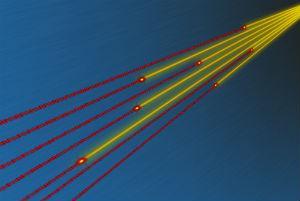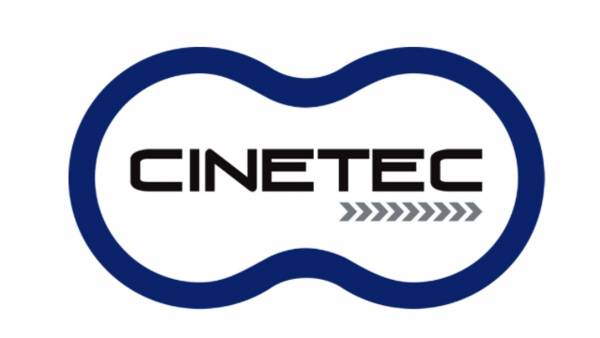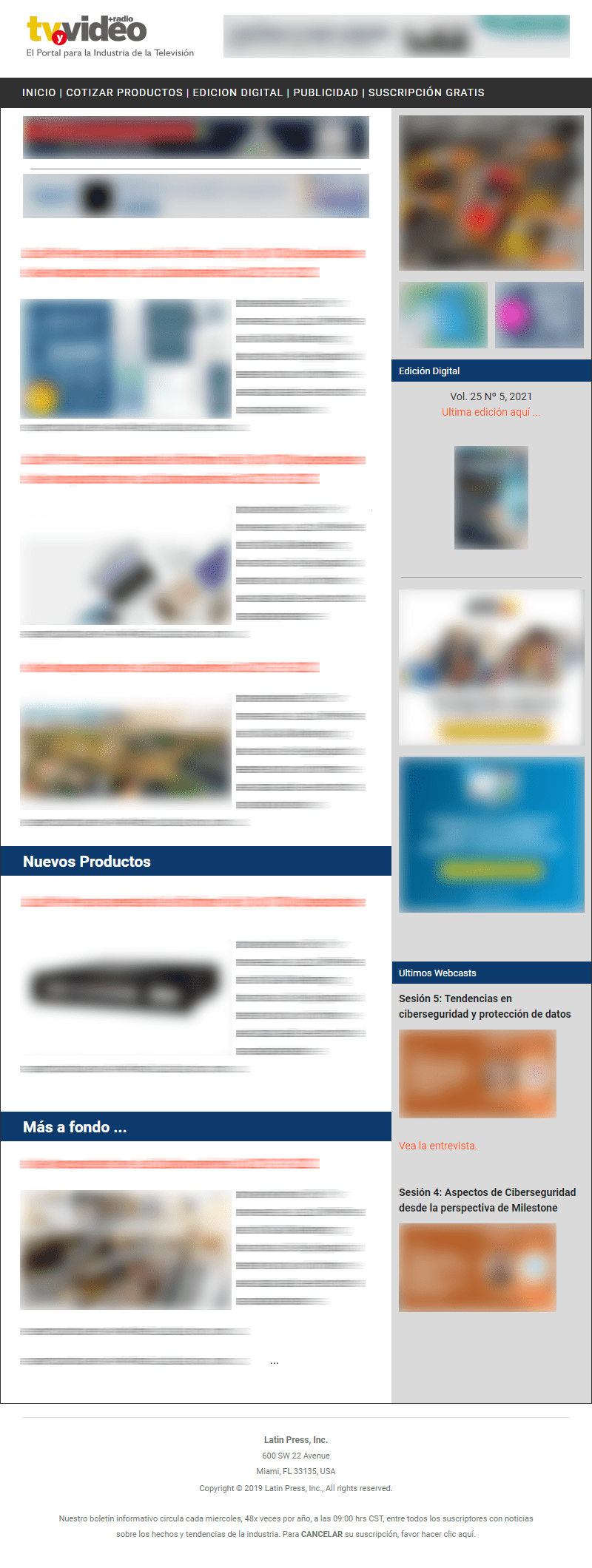 The characteristics of fiber optics have made it an important option for the television industry in the process of digitization, above copper links.
The characteristics of fiber optics have made it an important option for the television industry in the process of digitization, above copper links.
By Scott Bosen*
The data transfer rate required for digital video is on the rise, while the costs of fiber optic links are falling. The confluence of these two factors is making fiber optic links increasingly popular in digital video applications today. Therefore, it is worth knowing the fundamentals of the design of fiber optic systems for video applications.
Digital video signals traveling on a 75-ohm current coaxial cable can only reach a distance of 300 meters for standard definition signals and 100 meters for high-definition signals.
Although HD equipment can usually reach approximately 140 meters, the increasing use of 1080p high-definition signal formats means that 100 meters is the actual maximum for transporting these signals on a coaxial cable. For this reason, system designers must find other transport links for applications at various sites and for more extensive cabling within large constructions.
Fiber optic video is ideal for those situations. Even the most basic fiber optic links for video can carry high-definition signals over tens of kilometers, effectively eliminating distance limitations, while protecting against electrical problems that can affect a copper bond.
Recent advances in semiconductor technology have led to a dramatic decrease in the cost of the solid-state laser used in fiber optic transmitter modules. This decrease, added to the wide availability and low cost of fiber optics itself, has brought the cost of a fiber optic link much closer to that of similar coaxial cabling. In fact, when multiple links are required, the fiber optic solution may cost less.
The three basic components
Every fiber optic link is made up of three basic elements: the optical fiber itself, the receiver and the transmitter.
Fibre
The two main types of fiber optics are multimode and single-mode. The use of multimode optical fiber is widespread in data communication, especially in Ethernet cabling (LAN, local area network). This type of fiber is inexpensive and comes in a wide variety of cables. The internal structure of the multimode fiber consists of a large core (more than 50 microns in diameter) with a coating of 125 microns in diameter.
Because it has been optimized for use in LAN applications, multimode fiber has limited bandwidth and relatively high loss per kilometer. The single-mode fiber has the same diameter as the coating, but the diameter of the inner core that carries the light is only 9 microns in diameter. Due to the internal reflection mode within this small core, this fiber has about one-tenth the loss per kilometer and virtually unlimited bandwidth.
Both types of fiber come in different types of cables. Cables can carry one or many fibers, and have different sheathing and support elements to meet the requirements of the installation.
Given the volume of multimode fibers currently being installed, it's tempting to try to employ those existing fibers in video transport applications. Those who have decided to do so should be careful, as it can be very difficult to work with multimode fiber in digital video applications. Most video link equipment is designed to be used with single-mode fibers.
Video transmitters and receivers that use multimode fiber are scarce and the link distances, as well as the data rates it allows, may not be enough for the application you need. Also, it is not safe to use equipment designed for single-mode fiber with multimode fiber, or try to connect the two types of fibers. The differences between the two are too great.
Receptors
Fiber optic receivers are simple devices made up of a PIN photoreceptor diode and some electrical interface circuits. When the diode is illuminated by optical energy, an electric current is generated and the resulting signal passes from the fiber to the electrical phase of the device. Receivers are broadband devices that can operate with a range of optical wavelengths.
Typical sensitivities of modern receivers are in the range of -20 dBm. There are models on the market that employ an avalanche photodiode (APD) as a sensitivity component to obtain some decibels of additional sensitivity. However, in most video link apps it is almost never justified to incur the additional cost of these devices.
Transmitters
Transmitters, on the other hand, are more complex, and system designers have different options. In the early days of fiber optic technology, people used LED transmitters because of their low cost. But today LED transmitters have practically disappeared and have been replaced by solid-state laser transmitters that offer huge improvements in performance and functionality.
Three types of solid-state lasers are currently used in fiber optic links. They differ in the way the semiconductor layers are constructed within the device, and each type offers certain advantages and disadvantages. Vertical cavity and surface emission lasers (VCSELs) are the least expensive and are generally optimized for use in specific data communication applications such as certain classes of Ethernet networks.
Fabry-Pérot (F-P) lasers, which use most video links, provide the best price-performance ratio, reasonable power levels, and good power stability. The third type of laser, the distributed feedback laser (DFB) is the most expensive of all but provides significant advantages in terms of power levels and spectral control that allow the device to be adjusted to operate at a specific wavelength.
Transmitters and receivers are typically wrapped in SFP (plug-in small format) packets that represent significant benefits in terms of system design and maintenance by separating the optical and electrical stages from the link elements.
The shape of the SFP package lends itself to use in dual-channel designs, in which a single SFP module can contain two transmitters, two receivers, or a transceiver pair. These devices generally use the LC optical connector, which is quickly becoming the standard connector for these applications.
Because it is stable, affordable and reliable, fiber optics are a clear alternative to copper cables in an increasing number of applications. The effective design of a fiber optic system is a skill that is part of the tools of system designers and knowing the basic concepts we have discussed is the first step to develop that skill.
*Scott Bosen is chief marketing officer for Utah Scientific.
























Leave your comment